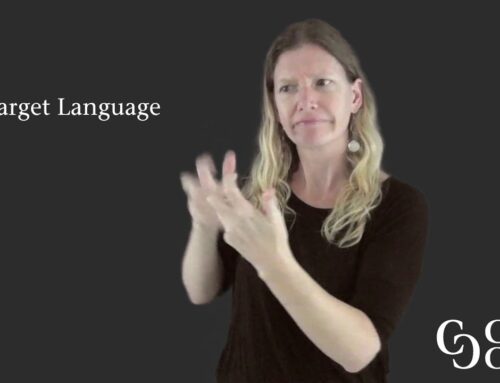- spatial structuring/discourse mapping
- depiction in ASL
- Taylor – Major Features
- Major Feature: Fingerspelling (pp. 29-60)
- Major Feature: Use of Space
- Key Skill 5.1: Structure space accurately in relation to the environment that is referred to in the communication event (especially geographic locations) (p. 131)
- Key Skill 5.2: Use referencing accurately when the referent is not present (p. 134)
- Key Skill 5.4: Use accurate spatial agreement (p. 141)
- Major Feature: Grammar
- Key Skill 6.4: Use prominalization in dialogue accurately (p. 171)
- Major Feature: Interpreting
- Key Skill 7.11: Express uncertainty appropriately when unsure of the speaker’s utterance (p. 227)
Time Required for Activity: 60 mins
Objective(s):
Interpreters will:
- use space correctly when interpreting geographical locations.
- use space correctly when referencing more than one person.
- use space correctly when interpreting reported speech (conversations).
Reference
Taylor, M. (2017) Interpretation Skills: English to American Sign Language. Edmonton: Interpreting Consolidated.





